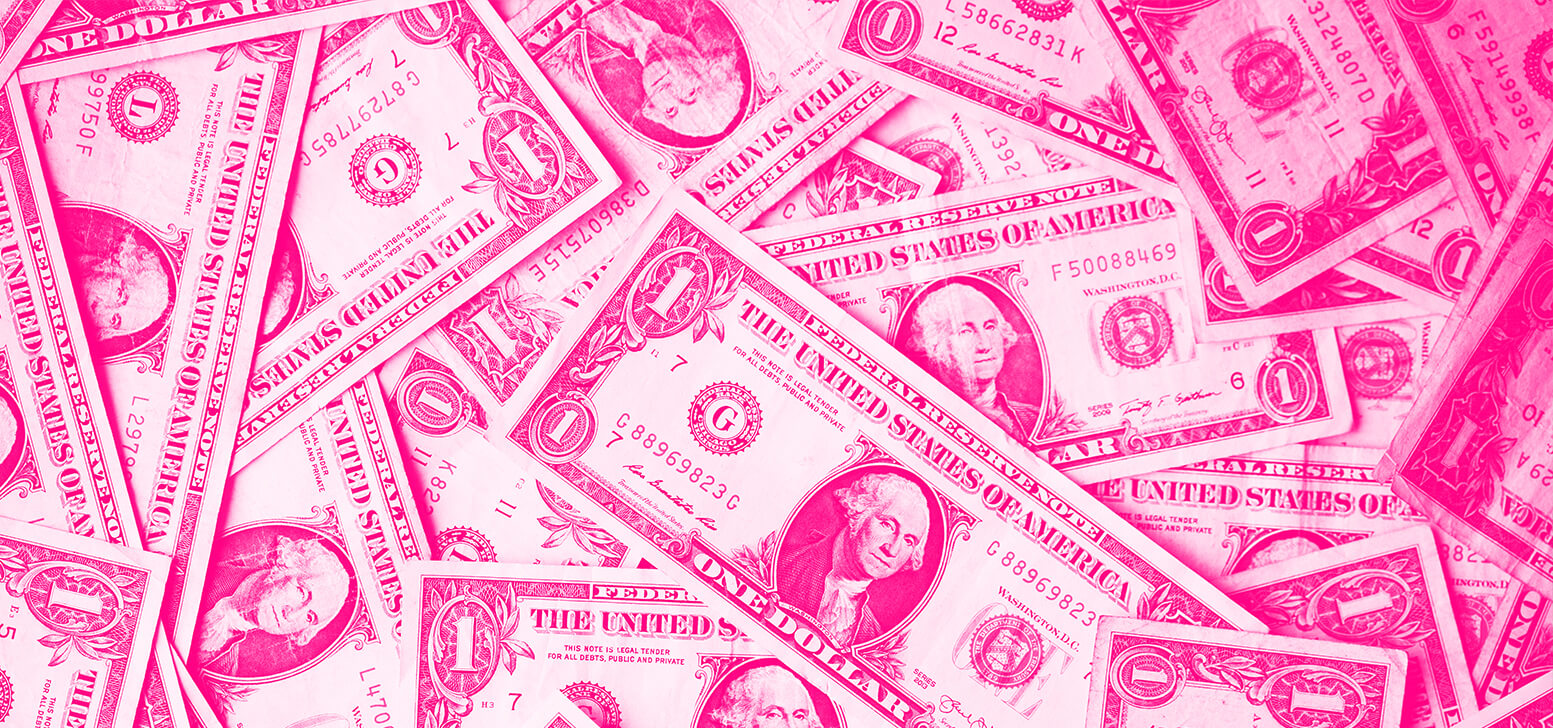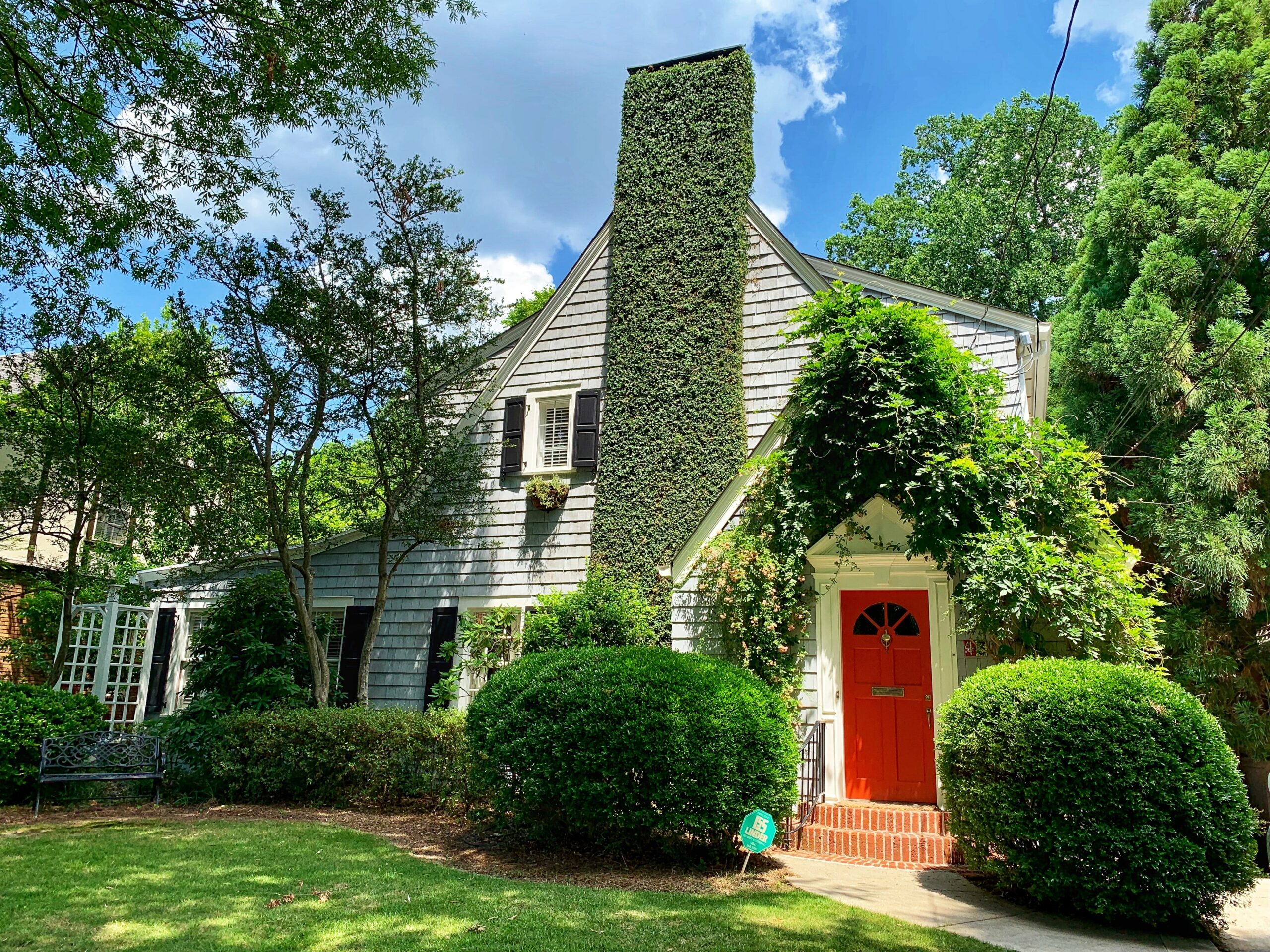4 Things You Should Know About Your Down Payment
In which we bust some myths and spread some knowledge.

In which we bust some myths and spread some knowledge.

When someone says they’re saving up for a home, what they’re really doing is saving up for a down payment. It’s rare that someone arrives with a property’s full value in cash—although that might be happening more in today’s feverish real-estate market.
A down payment is the large chunk of money you’ll be putting towards the purchase of your new home, after which you’ll pay off the rest in monthly payments via a mortgage loan. It could take twenty or thirty years, or even longer, before you actually own the property outright.
For many, the down payment is the real hurdle in the way of homeownership. Monthly mortgage payments might end up being equivalent to—or even less than—what someone would end up paying in rent in the same area. But in order to get to that point, a prospective homebuyer first needs to have that down payment upfront, which could mean having an extra $30,000 or more in the bank.
Don’t despair! Here’s what you should know about your down payment.

It’s pretty straightforward: If you borrow less, you’ll have less to pay back, and will owe less in total interest. Mortgage lenders and banks usually offer better interest rates when your loan-to-value (LTV) ratio is lower. Your loan-to-value ratio (expressed as a percentage) is how banks decide how risky you are before approving you for a home loan.
A larger down payment also increases your home equity—the unborrowed value of your home, which you can then borrow against for refinancing, but with a lower interest rate.
There are definite advantages to putting down a 20% down payment, but that’s by no means what you have to put down. According to Housing Wire, the average down payment on a home in the last 5 years has been 5% to 7%.
Keep in mind, though, that the type of loan you pick will also have an impact on how much you put down (and the length of the loan). For example, a conventional loan has a minimum 3% down payment, and is either 15 years long or 30 years long. An FHA (Federal-Housing Association) loan has a 3.5% minimum down payment.
A smaller down payment means you can buy a home sooner, and you’ll have some cash available for other costs like repairs and home improvements.
But a smaller down payment makes your monthly mortgage payments larger, and you’ll likely have to include Private Mortgage Insurance…more on that below.
If you can’t afford a 20% down payment, your lender will likely have you pay Private Mortgage Insurance (PMI).
That’s because your bank or lender sees someone putting less than 20% down as a riskier loan and wants some insurance in case you can’t make your mortgage payments.
PMIs are around 0.5% and 1% of the mortgage (annually), with these fees included in the monthly mortgage payments. You can drop PMI when you’ve reached 80% of your home equity.
Sure, you’ve been working hard to save for your down payment, but don’t forget that a bank won’t give you a mortgage without a certain amount of money left in your bank account.
Also known as a cash reserve requirement, banks and lenders will want you to be able to make your monthly payments at least for the first 2 to 3 months. You’ll need to prove you have liquid funds available either in checking or savings accounts (it’s possible that your bank will also be okay with money held in the form of stocks, bonds, 401(k)s, and other financial instruments). Let’s say your monthly mortgage payments are $1,500; your lender will want to see at least $3,000 available.
And keep in mind, it’s not just your monthly mortgage payments you’ll need to make. There’s also the closing costs which include title insurance, homeowners insurance, home inspection and more. According to Zillow, your closing costs will range between 2% and 5% of your purchase price. So if you buy a home for $250,000, you should expect to pay between $5,000 and $10,000 on your closing costs.
FYI: If you’ve been saving for a down payment but can’t seem to make it work, a down payment assistance program (like an FHA loan or VA loans) might help. These programs offer funding from government agencies, nonprofits and unions that can act as loans until you move in, or some you might not even need to pay back. Homeownership can seem like a financial impossibility, but it might be closer than you think.
A few quick words, because we <3 our lawyers: This post is general in nature, and any statement in it doesn’t alter the terms, conditions, exclusions, or limitations of policies issued by Lemonade, which differ according to your state of residence. You’re encouraged to discuss your specific circumstances with your own professional advisors. The purpose of this post is merely to provide you with info and insights you can use to make such discussions more productive! Naturally, all comments by, or references to, third parties represent their own views, and Lemonade assumes no responsibility for them. Coverage and discounts may not be available in all states.
Please note: Lemonade articles and other editorial content are meant for educational purposes only, and should not be relied upon instead of professional legal, insurance or financial advice. The content of these educational articles does not alter the terms, conditions, exclusions, or limitations of policies issued by Lemonade, which differ according to your state of residence. While we regularly review previously published content to ensure it is accurate and up-to-date, there may be instances in which legal conditions or policy details have changed since publication. Any hypothetical examples used in Lemonade editorial content are purely expositional. Hypothetical examples do not alter or bind Lemonade to any application of your insurance policy to the particular facts and circumstances of any actual claim.